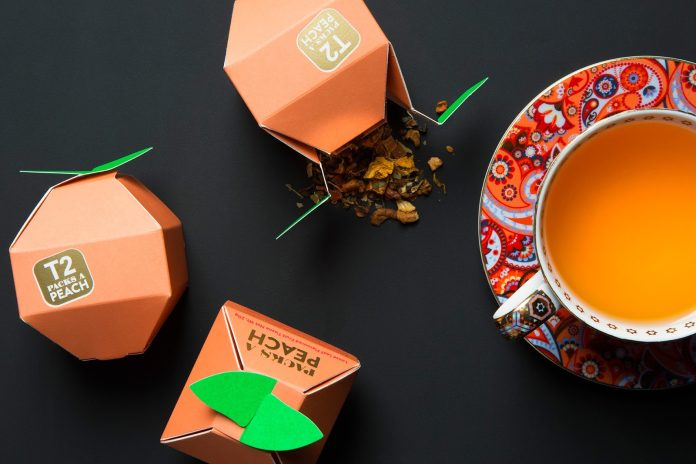Tea packaging serves as the first point of contact between a consumer and a brand. It’s not just about enclosing tea leaves; it’s about creating an experience. In this guide, we’ll delve into the dos and don’ts of designing tea packaging that captivates, informs, and ultimately converts.
Dos and Don’ts of Tea Packaging Design
Dos: Considerations for Effective Tea Packaging Design
Crafting compelling tea packaging involves several key considerations. Firstly, focus on aesthetics. Your packaging should visually communicate the essence of your tea—whether it’s relaxation, vitality, or indulgence. Secondly, prioritize functionality. Ensure that your packaging preserves the freshness and flavor of the tea while being user-friendly. Lastly, tell a story. Use your packaging as a canvas to narrate the journey of your tea, from its origin to its unique flavor profile.
Don’ts: Common Mistakes to Avoid in Tea Packaging Design
Avoid these pitfalls to ensure your tea packaging stands out for the right reasons. Firstly, don’t compromise on quality. Subpar packaging can tarnish the perception of your tea, no matter how exceptional its taste. Secondly, don’t overlook branding. Your packaging should seamlessly integrate with your brand identity, reinforcing brand recognition and loyalty. Lastly, don’t neglect sustainability. In today’s eco-conscious world, environmentally friendly packaging isn’t just a trend—it’s a necessity.
Importance of Packaging
The significance of tea packaging extends beyond mere aesthetics. It plays a pivotal role in shaping consumer perception and brand image. In a crowded marketplace, distinctive packaging can serve as a powerful differentiator, attracting consumers and fostering brand loyalty. Moreover, well-designed packaging enhances the overall tea-drinking experience, elevating it from a mundane ritual to a moment of indulgence and delight.
Read More: Coffee Packaging: Current Trends and Strategies for Maintaining Coffee Freshness
Factors to Consider
Material Selection
The choice of packaging material is critical in ensuring product quality and sustainability. Opt for materials that not only preserve the freshness and flavor of the tea but also align with your brand’s eco-friendly ethos. From recyclable paperboard to compostable bioplastics, the options are endless. Choose wisely to minimize environmental impact while maximizing brand integrity.
Visual Design Elements
The visual appeal of your tea packaging is paramount in capturing consumer attention and driving sales. Incorporate elements that resonate with your target audience—whether it’s minimalist elegance or vibrant whimsy. Pay attention to color psychology, typography, and imagery to create a cohesive and compelling visual narrative that entices and engages consumers.
Functional Aspects
Beyond aesthetics, functional aspects such as ease of opening, resealability, and portability are key considerations in tea packaging design. Invest in innovative closures, tear-resistant materials, and ergonomic shapes to enhance user experience and convenience. Remember, a seamless user experience fosters customer satisfaction and repeat purchases.
Sustainable Packaging Solutions
In an era of heightened environmental awareness, sustainable packaging solutions are no longer a luxury but a necessity. Embrace eco-friendly materials such as recycled paper, biodegradable plastics, and compostable packaging. Minimize packaging waste through thoughtful design and optimization. By prioritizing sustainability, you not only reduce your ecological footprint but also appeal to eco-conscious consumers, thereby enhancing brand reputation and market competitiveness.
Innovative Tea Packaging Trends
Stay ahead of the curve with these innovative tea packaging trends.

From experiential packaging that engages the senses to smart packaging that offers personalized recommendations, the possibilities are endless. Explore augmented reality labels, biodegradable tea bags, and interactive packaging designs that surprise and delight consumers. By embracing innovation, you not only differentiate your brand but also create memorable experiences that resonate with consumers long after they’ve brewed their tea.
Packaging Regulations and Compliance
Navigating the regulatory landscape of tea packaging can be daunting, but it’s essential for ensuring product safety and compliance. Familiarize yourself with FDA guidelines regarding food contact materials, labeling requirements, and packaging safety. Additionally, stay abreast of international standards such as ISO 22000 and BRCGS to maintain product quality and integrity. By adhering to regulatory requirements, you not only mitigate legal risks but also build consumer trust and confidence in your brand.
Case Studies
Explore real-world examples of successful tea packaging designs and their impact on sales and brand perception. From iconic tea brands to innovative startups, learn from their strategies, challenges, and triumphs. Analyze how effective packaging design can elevate brand visibility, drive consumer engagement, and ultimately boost sales. By drawing inspiration from industry leaders, you can refine your own packaging strategy and achieve measurable results.
Final Words
In conclusion, designing tea packaging that strikes the perfect balance between aesthetics, functionality, and sustainability is both an art and a science. By adhering to the dos and avoiding the don’ts outlined in this guide, you can create packaging that not only captivates consumers but also reinforces your brand’s values and identity. Remember, tea packaging isn’t just about enclosing tea—it’s about creating an immersive sensory experience that leaves a lasting impression.


